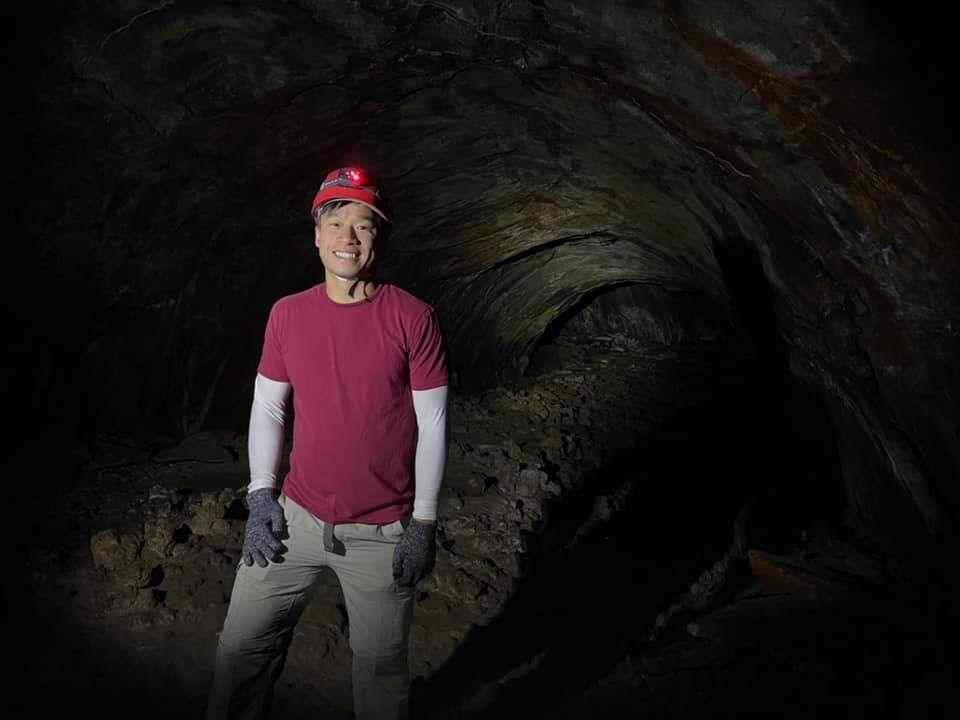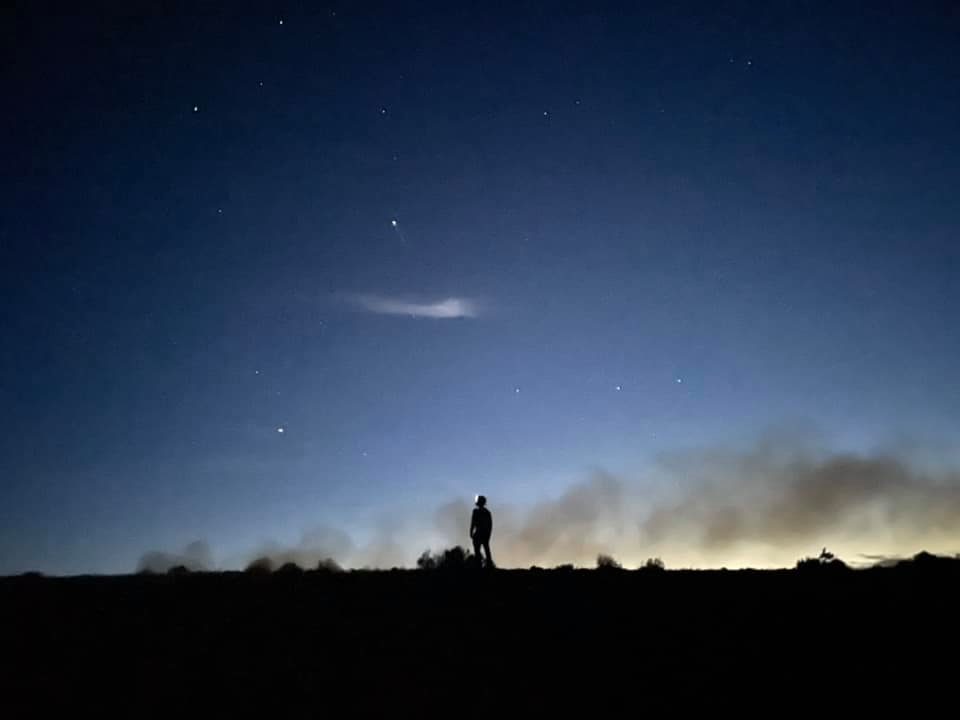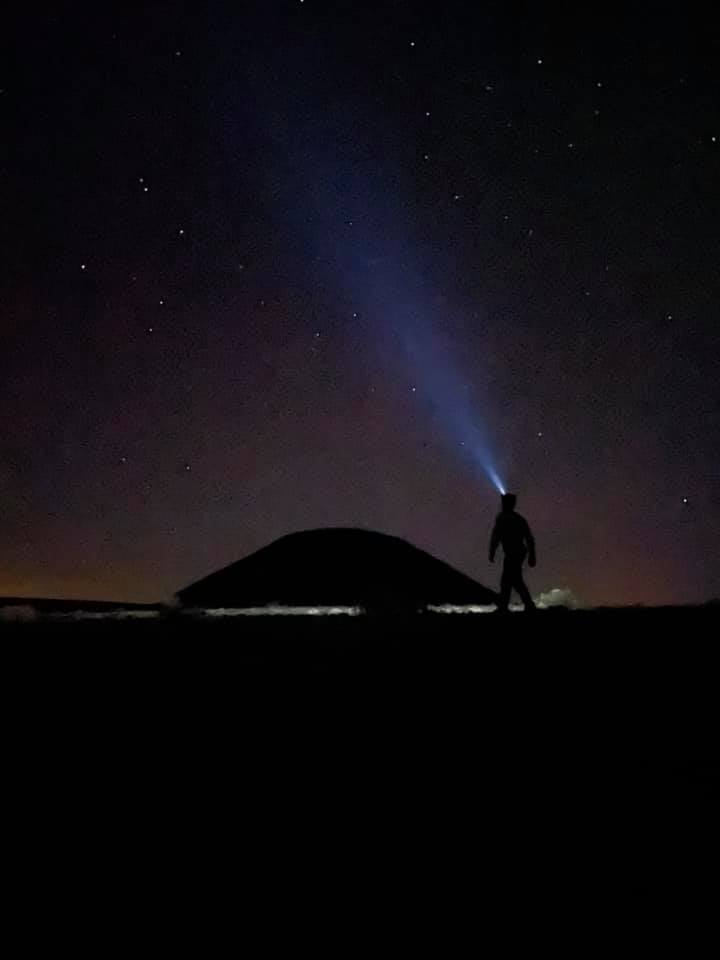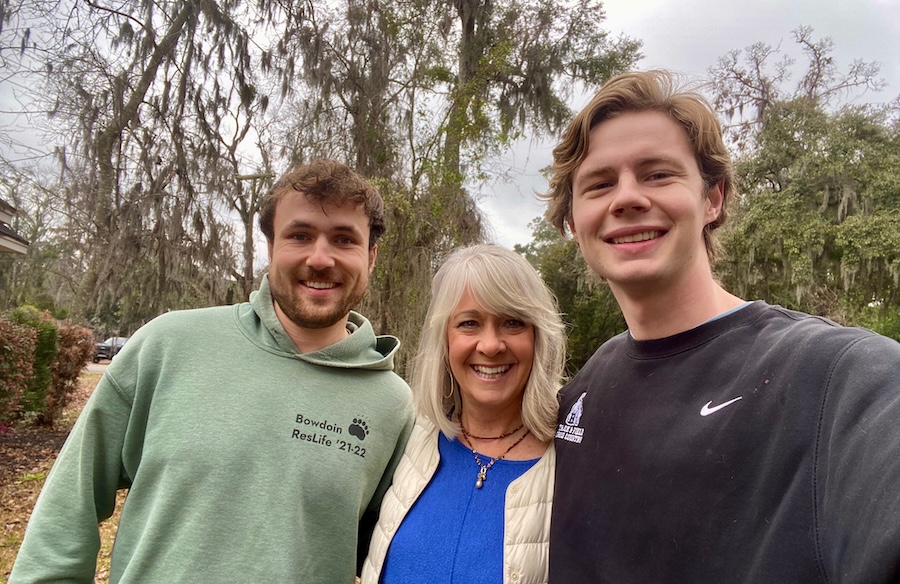Kevin Trinh ’19 Awarded NASA Grant for His Research into the Past of a Jupiter Moon
By Angela McKenzie ’23Since the fourth grade, Kevin Trinh has been fascinated by distant planets and their icy moons. Now a PhD student at Arizona State University, he’s been granted the opportunity to fulfill a lifelong interest in space, planetary science, and the hunt for life beyond Earth.

Earlier this month, Trinh was awarded the Future Investigators in NASA Earth and Space Science and Technology (FINESST) grant, which gives researchers and their advisors $135,000 over a three-year period.
Established in 2019, FINESST grants support graduate students in the field of Earth and space sciences whose research goals align with NASA’s principle objectives. Last year, just 34 out of 246 FINESST applicants in the planetary science division were awarded funding.
For the past year, Trinh has been working with his PhD advisor, Joe O’Rourke, an assistant professor at Arizona State University’s School of Earth and Space Exploration. O’Rourke studies the long-term evolution of planets. Trinh’s current research more narrowly focuses on the structural and thermal evolution of Europa, one of Jupiter’s many moons.
Europa "has an ice shell that is much thicker than Antarctica, though the exact thickness of Europa's ice shell is still an active area of research. Beneath the ice shell is a subsurface water ocean," Trinh described. "The ocean plus ice shell combined is probably over 100 kilometers. Beneath the hydrosphere is a silicate or rocky mantle and what we believe to be a metallic core. My goal is to model how Europa evolved over time."

With the FINESST funding, Trinh plans to develop code to model geophysical aspects of Europa. He will also take a geochemical approach and consider the consequences of Europa's deep interior evolution on ocean habitability. These models should provide a better sense of how Europa evolved over millions of years, and perhaps aid in the effort to detect potential lifeforms in its ocean.
“Another reason why Europa is very interesting is because it has very high astrobiological potential—it has lots of water, Earth-like temperature and pressure conditions at the seafloor, and salt. There might be life in Europa’s oceans, but until we actually get inside of the ocean, it’s going to be hard to know. So right now we’re trying to figure out how habitable the ocean, itself, is.”
Although the NASA grant specifically funds Trinh’s Europa research, he expressed aspirations that his models could be applicable to other icy moons. “Enceladus, for instance, is a moon of Saturn about the size of Arizona, but it also has an ice shell and a subsurface ocean underneath. It will be very interesting to see how Enceladus has changed over time,” he said.

A Path to Geophysics and Planetary Science
While Trinh attributes his original passion for astronomy to reading lots of space books in elementary school, he says both his undergraduate education and research experiences studying Earth science at Bowdoin and Brown University were key to getting him to where he is today.
“I really like how people approach problems in the Earth sciences, and a lot of geophysics research in the Earth sciences is really similar to the research in the planetary sciences,” he said. “So I can take methods from my geophysics experiences in undergraduate school and apply them to what I was interested in as a kid, which was icy moons.”
His advice to current Bowdoin students is to take the time to explore their interests and to take many different types of classes. “Don’t feel rushed to get to any one stage of your career early in your life,” he said. Before going to graduate school, he added, “the best thing you can do is just know what kind of subjects really resonate with you.”
But when someone finally does get to the point of selecting a graduate school, Trinh recommends seeking programs that are supportive. “A little bit of advice that I usually give people is that you want to be in an environment where the people you work with, including your mentors and your peers, are invested in your success,” he said. “That is worth more than any prestige or anything that you can find.”



